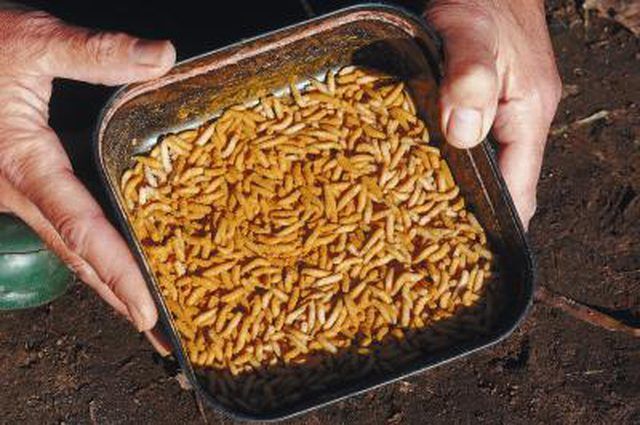Bulbs
Flower Basics
Flower Beds & Specialty Gardens
Flower Garden
Garden Furniture
Garden Gnomes
Garden Seeds
Garden Sheds
Garden Statues
Garden Tools & Supplies
Gardening Basics
Green & Organic
Groundcovers & Vines
Growing Annuals
Growing Basil
Growing Beans
Growing Berries
Growing Blueberries
Growing Cactus
Growing Corn
Growing Cotton
Growing Edibles
Growing Flowers
Growing Garlic
Growing Grapes
Growing Grass
Growing Herbs
Growing Jasmine
Growing Mint
Growing Mushrooms
Orchids
Growing Peanuts
Growing Perennials
Growing Plants
Growing Rosemary
Growing Roses
Growing Strawberries
Growing Sunflowers
Growing Thyme
Growing Tomatoes
Growing Tulips
Growing Vegetables
Herb Basics
Herb Garden
Indoor Growing
Landscaping Basics
Landscaping Patios
Landscaping Plants
Landscaping Shrubs
Landscaping Trees
Landscaping Walks & Pathways
Lawn Basics
Lawn Maintenance
Lawn Mowers
Lawn Ornaments
Lawn Planting
Lawn Tools
Outdoor Growing
Overall Landscape Planning
Pests, Weeds & Problems
Plant Basics
Rock Garden
Rose Garden
Shrubs
Soil
Specialty Gardens
Trees
Vegetable Garden
Yard Maintenance
How to Farm Maggots
How to Farm Maggots. The thought of farming and growing maggots will turn most people’s stomachs, until they discover all the benefits that maggots actually produce. Maggot farmers sell their crops for use in forensic labs, fishing bait, and even compost and waste management. Farming maggots for sale requires more effort than simply...

The thought of farming and growing maggots will turn most people’s stomachs, until they discover all the benefits that maggots actually produce. Maggot farmers sell their crops for use in forensic labs, fishing bait, and even compost and waste management. Farming maggots for sale requires more effort than simply delivering rotted meat meals to the tiny hungry mouths; in fact, maggot farming is a full time job.
Things You'll Need
Large plastic containers
Enclosure screens
Rotted meats
Organic waste
Vegetable or olive oil
Collect the single or different species of maggots you wish to farm. You may purchase the maggots from special laboratories, or collect a random arrangement of maggots from flies captured in your back yard. If you are farming maggots for personal fishing bait, or to destroy organic waste, then the species of the maggot or fly will not be important so you can harvest your own flies to start your maggot farm.
Harvest adult flies from your backyard. Prepare your large plastic containers or maggot cages. Place the uncovered containers out in your yard and place rotted meat, fish, or poultry in the container. Fresh meat may also be placed; remember though that fresh meat will have to rot and harvesting the initial maggots for your farm will take more time.
Check the containers daily to see if maggots are forming. Once you see the first maggot you can be assured that more maggots exist, as most female flies of various species lay approximately 300 eggs at a time, or give birth to just as many live maggots.
Cover the containers with the first maggot sighting. Harvest any maggots you need at this time, for sale, fishing or whatever other uses. Keep the enclosure screen cover on the top of the plastic bins at all times you are not feeding or harvesting the maggots; this will become more obvious and important as your maggots transform into flies.
Feed your growing maggots. Depending on the size of your maggot farm and the amount of maggots, you must harvest daily, the frequency in which you must replenish the food stock within your maggot cages will change. Keep an eye on your crop and administer more feed to your not-so-cuddly pets once they have eaten nearly all of the previous meal you served.
Leave adult flies in the container; flies left inside will produce more maggots and their bodies will become maggot food. Some flies will escape as you remove the screen covers on the containers to remove the maggots you need and to feed the maggots.
Tips & Warnings
Wait until your maggot farm is fully stocked before removing many maggots at a time for different tasks. Do not be afraid to use your maggots too early though, remember that each adult fly you rear will provide you with approximately 300 new offspring. Even if you start out with only three adult flies, you would have 900 maggots after one generation and if all those maggots reached adulthood, they would produce around 270,000 more maggots.
Apply vegetable or olive oil around the top edges of the containers to keep the crawling maggots from escaping around the top lid of the enclosures.